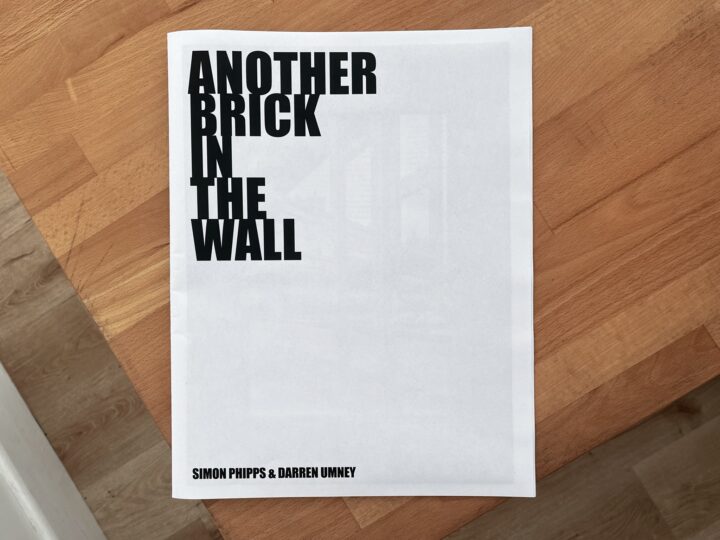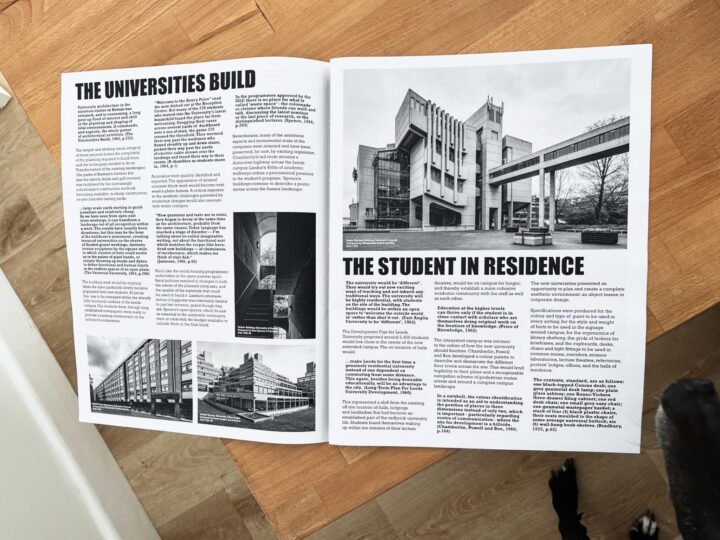On hope in modernism
Look at what came in the post! 😍 I completely missed this exhibition, but when I found an sample in a gallery a few weeks ago, Leeds University Library Galleries were kind enough to dig out and post to me an original copy of “Another Brick In The Wall”, the exhibition programme filled with a brief history and gorgeous pictures of 1960’s new universities, one of which I went to (although that one was not featured in this exhibition). I’ve already been to Leeds, but Sussex and East Anglia are definitely on my bucket list.
I really enjoyed this passage from exhibition curators Darren Umney and Simon Phipps:
The buildings, and the stories behind their planning and construction, embody a number of concepts that are increasingly scarce: an architectural sensibility which reflects a shared emphasis on social equality; the academic aspiration for a broad holistic educational experience; and a political environment where policies strived to support a sustainable and equitable democracy.
(…)
It is of some comfort that the curation of these buildings and their histories continues. It is however an uncomfortable truth that the aspirational vision of postwar Britain – to create a fairer society and a thriving democracy supported by innovations in design, technology and education – was to be diluted and diverted.
That vision is now often framed as unachievable and utopian. An ideal upheld only by derided stereotypes of the socialist, the bleeding heart, the artist. Whereas it was once held together in an (albeit fragile) consensus, it increasingly seems to be a vision that was based on a currency which is no longer valued and imbued with values that are no longer current.
This is part of the attraction of modernism for me – where it certainly failed in some respects (for various reasons. just and otherwise, better documented elsewhere), it was at least filled with an aspirational vision of hope, although perhaps this is only a nostalgic view.

